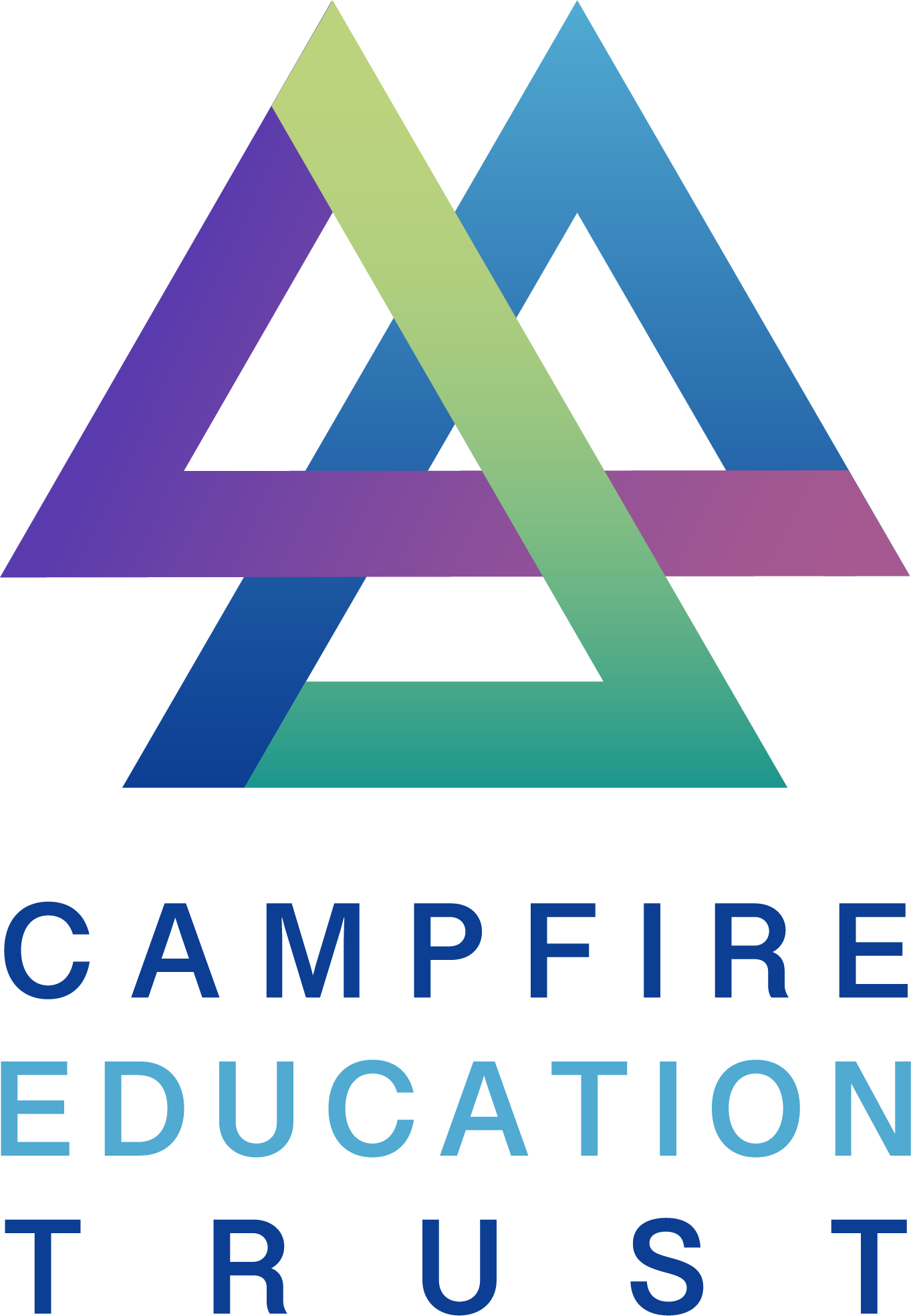Design Technology
List of services
-
IntentList Item 1
At Spring Lane, Design and Technology is a dynamic, practical subject where children develop creativity, problem-solving, and resilience. Rooted in our principles of Relevance, Experiences, and Collaboration, our DT curriculum connects learning to real-life challenges, both locally and globally. Pupils research, design, make, and evaluate purposeful products—building technical knowledge alongside independence and innovation. Whether designing a healthy snack, building a moving toy, or solving a community problem, children become Aspirational Thinkers, Effective Communicators, and Expert Learners with the confidence to shape the world around them.
-
ImplementationList Item 2
At Spring Lane, DT is implemented through hands-on, Learning Quests that challenge pupils to design, make, and evaluate with purpose. Rooted in relevance, projects are linked to real-life contexts—from creating sustainable packaging to engineering playground equipment—making learning meaningful and engaging. Through experiences such as cooking, construction, and using tools, children build practical skills, confidence, and technical understanding. Collaboration is central, with pupils working in teams to generate ideas, test prototypes, and solve problems together—developing as Expert Learners, Effective Communicators, and Caring Citizens who take pride in their work and see the value of design in everyday life.
-
Impact
The impact of our DT curriculum is seen in motivated, capable learners who approach challenges with curiosity and creativity. Pupils think critically about the function, purpose, and impact of products, and design solutions with users in mind. Learning is rooted in relevance—children see how design and technology links to their own lives and the wider world. Through collaboration, they learn to test, adapt, and improve their ideas—building resilience, independence, and responsibility.
Pupils’ DT learning is assessed using the following:
• Design and evaluation booklets or portfolios that show progression and process.
• Formative assessment through observation, discussion, and feedback during practical tasks.
• Pupil voice to assess how confidently children talk about their ideas, decisions, and improvements.
• Final products that demonstrate the application of skills, purposefulness, and creativity.


